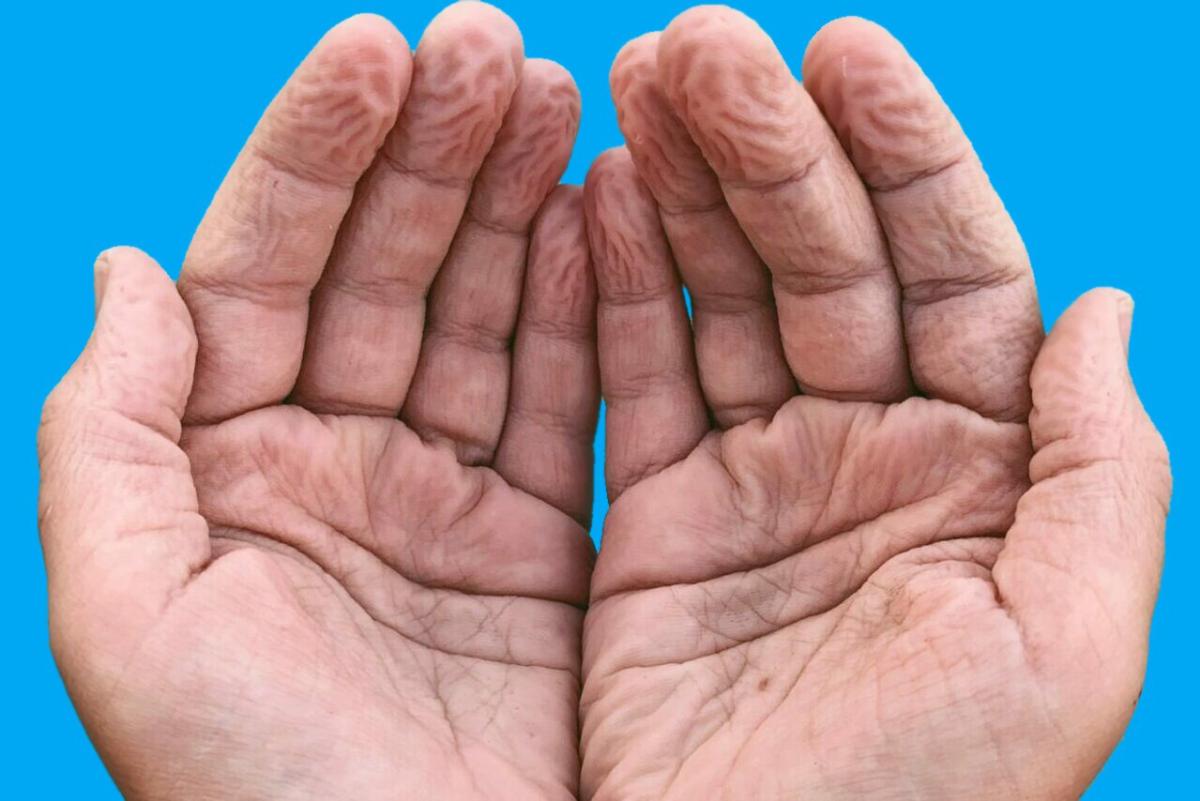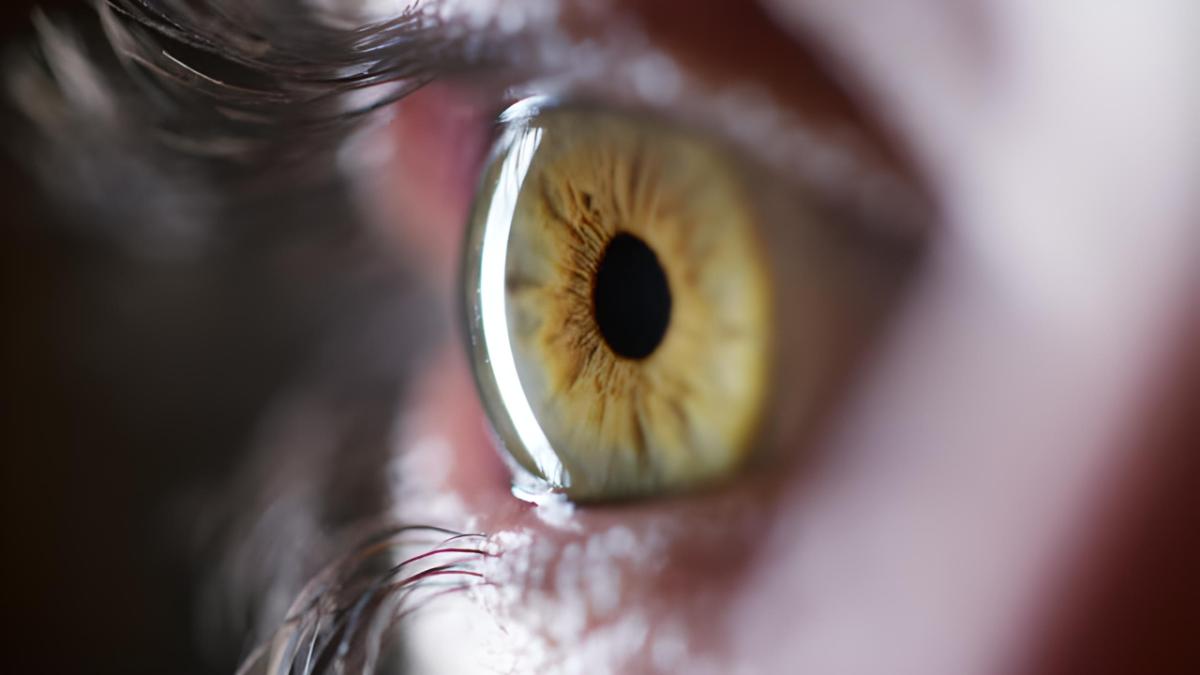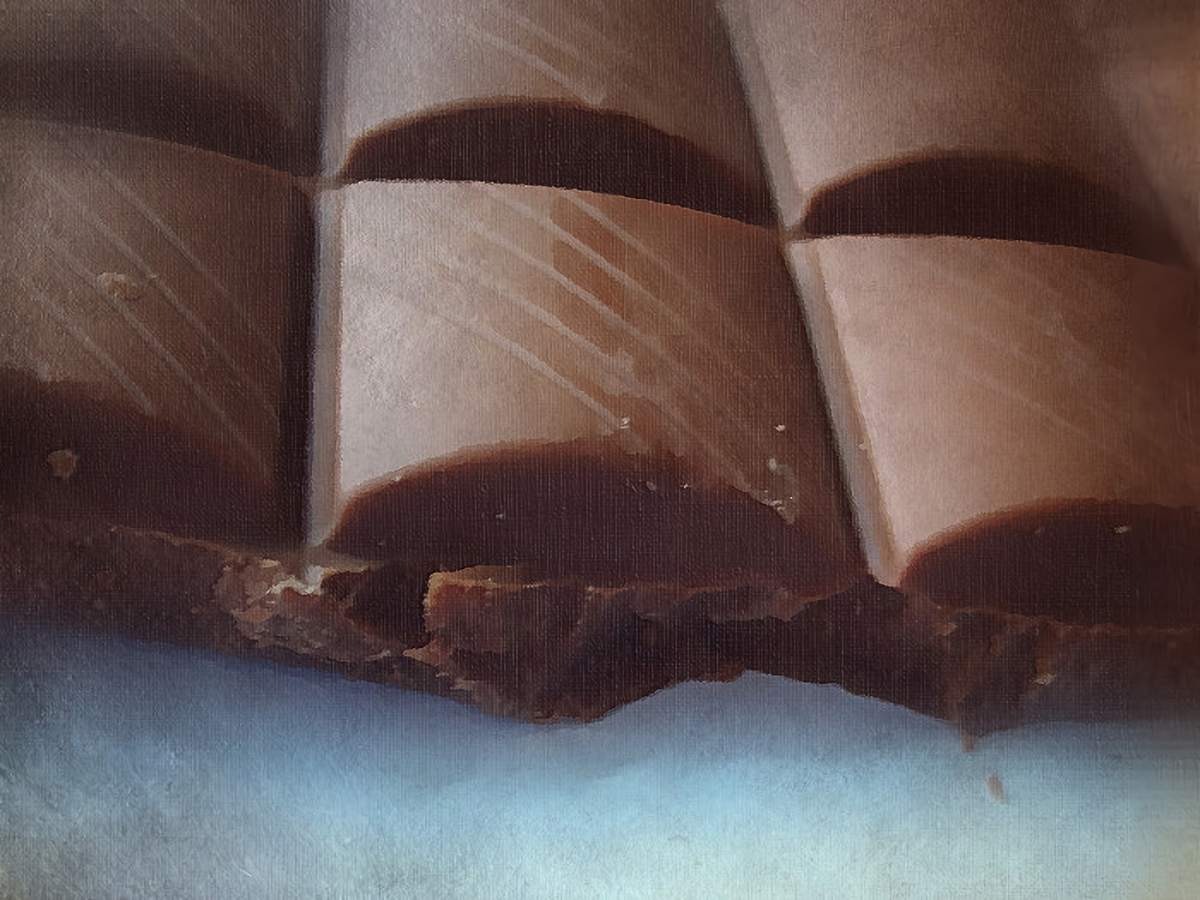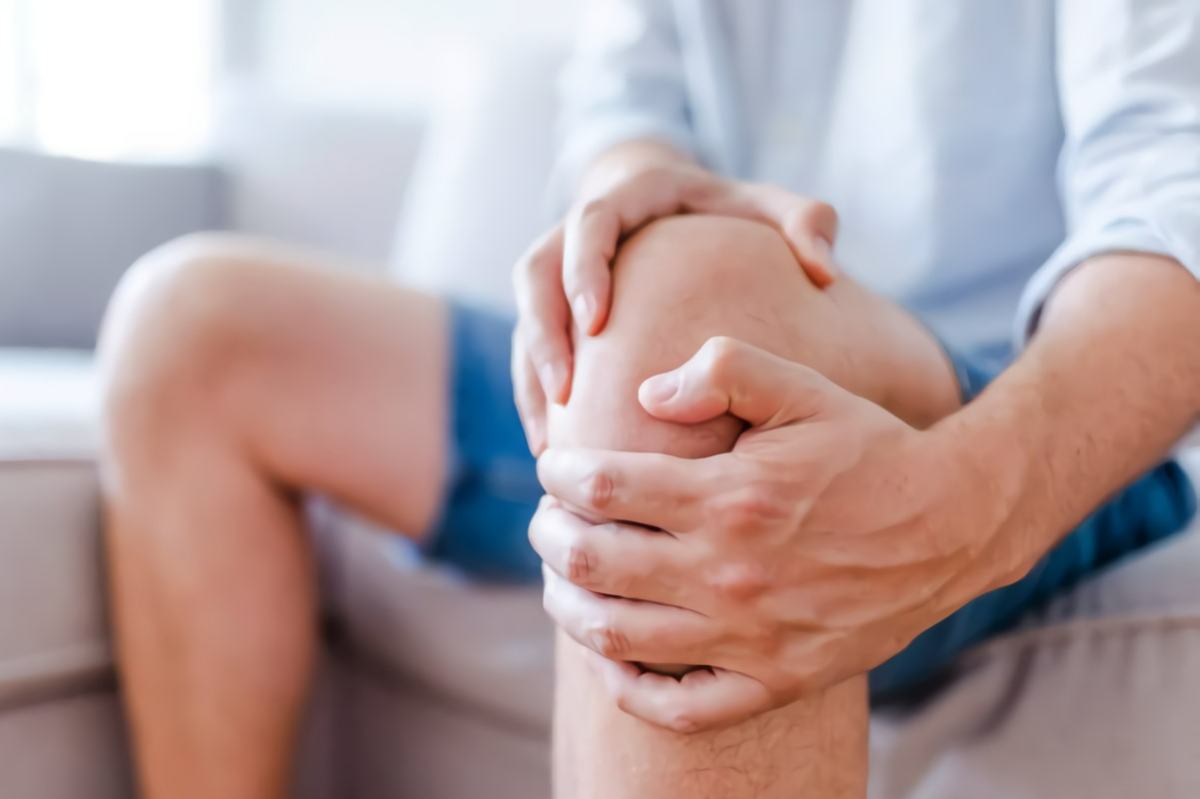The occurrence of wrinkled fingertips following a shower is something that everyone is familiar with. Fingers and skin that have been overexposed to water become wrinkled and rippled. The good news is that the phenomenon goes away as soon as we get out of the bath and pat our fingers dry, and they return to their normal smoothness. Okay, but does how this actually work? When we get wet, why does our skin become “pruney”, and then dry and smooth itself back out?
Evolutionary purpose of wrinkled skin
Only speculations have so far been able to determine the reason for pruney skin. The most apparent one explains the moisture response via evolution: it dates back to a period when humans were predominantly hunters and gatherers. Because of the uneven skin texture, wet items or prey were easier to grab. The theory is analogous to a vehicle tire on the road: unevenness increases traction.
The wrinkled skin on the feet and hands boosted the hunter’s chances of success. Fish, mussels, crabs, and other aquatic species were not sliding as readily from the wrinkled fingers, allowing the fisherman to better hold their prey. The wrinkled skin on their feet kept them stable in the water. Because of the wrinkles formed on the bottom of our feet, our ancestors did not slide as easily on underwater stones.
The complex structure of skin
The skin of our hands and feet differs from the rest of our bodies. Our skin is the biggest organ in our bodies. It covers up to 20 square feet (1.8 square meters) in total. However, not all skin is created equal. It has a different feeling on our hands and feet than it does on the rest of our bodies. It lacks hair on the extremities, instead, there are more touch receptors there.
The skin is a complex structure that serves many functions, including defense against external threats, insulation from the elements (such as moisture, wind, and dryness), and protection from UV radiation (by pigmentation) for the underlying layers of tissue. These functions are performed in addition to the skin’s role as a protective barrier.
The epidermis, which is the topmost layer of our skin, is responsible for a significant portion of how our bodies react when exposed to water. In reality, it is just dead skin cells, but they serve a number of important functions for our bodies, including protecting us from dehydration in dry environments and limiting the amount of water we take in when we shower. Following the consumption of water, the outermost layer of skin cells will undergo expansion. They are forced to condense once more as a result of the dry conditions.
Elastic fibers as the backbone
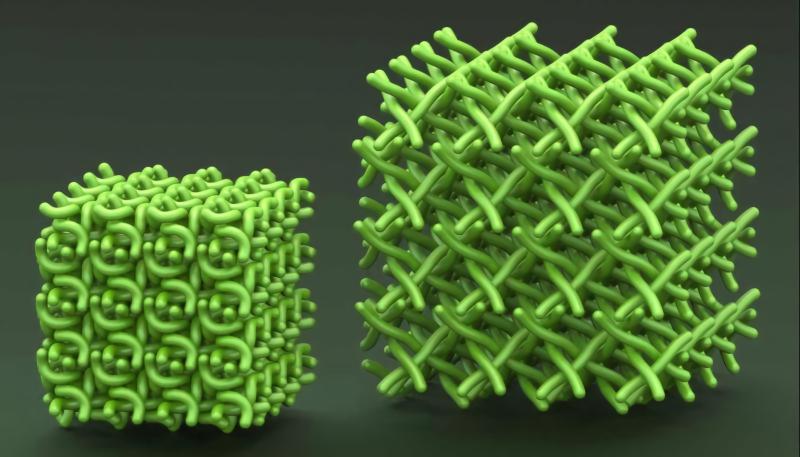
Researchers discovered the inner workings of the skin by employing a computational model. First of all, the topmost layer of skin is composed of a network of keratin fibers that arrange themselves in a gridlike lattice pattern.
Keratin, on the other hand, is hydrophilic, which means that the fibers interact with the molecules of water and attract water to themselves. As a consequence of this, the cells that make up the skin swell and the keratin fibers that are found in the skin expand and stretch.
This, however, requires elastic energy; stretching the keratin fibers is analogous to putting strain on a spiral spring. Keratin is a protein that makes up the structure of hair and nails. Additionally, the pressure stops the cells in the skin from expanding indefinitely. Because the fibers prevent the cells from expanding further, and the skin is only able to hold onto a limited amount of moisture at any given time.
Going back to normal
In contrast, if we return to dry conditions without experiencing an increase in water intake, the process flips around: the water molecules now want to escape the cell because there is more water outside of the cell than there is inside of the cell. This process involves a contraction of the keratin fibers, which can be compared to the reversion to a more compact condition that a stretched spiral spring experiences when it returns to its original state. The water that had been absorbed by our skin is then expelled, and so there is no long-term damage caused to our skin as a result of this process.
A nervous system response
What is obvious is that the neurological system is implicated in the wrinkling of the skin. Even after prolonged contact with water, people with nerve injuries do not show wrinkles in their fingers. Neurologists perceive this as an indicator that the shriveled skin is not a passive process.
The sympathetic nervous system regulates several physiological processes inside the body as part of the autonomic nervous system. When the hands and feet come into contact with water for an extended period of time, the sympathetic nervous system responds by narrowing the extremely tiny blood vessels in the fingers, toes, and soles of the foot. The skin tightens as well. The outer layer thins and shrinks.


